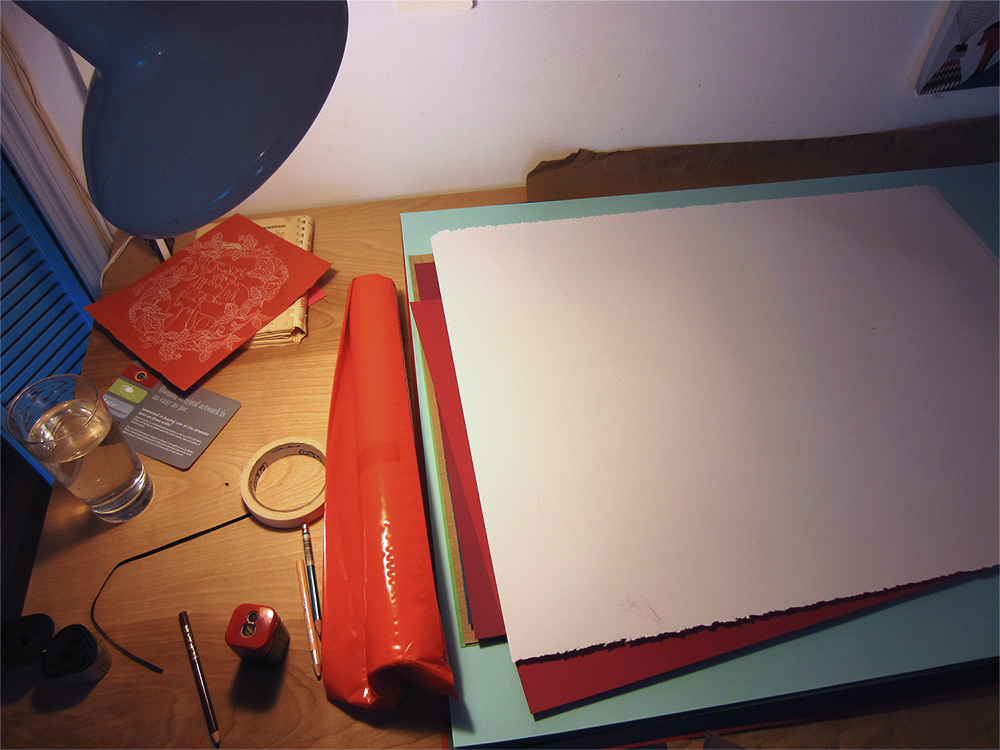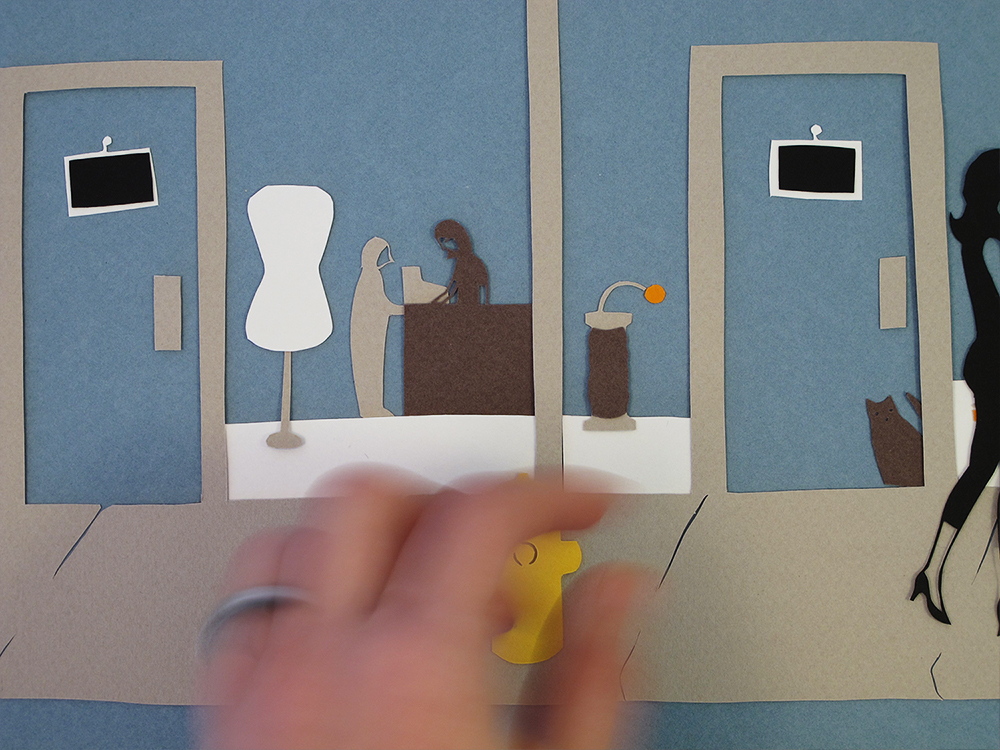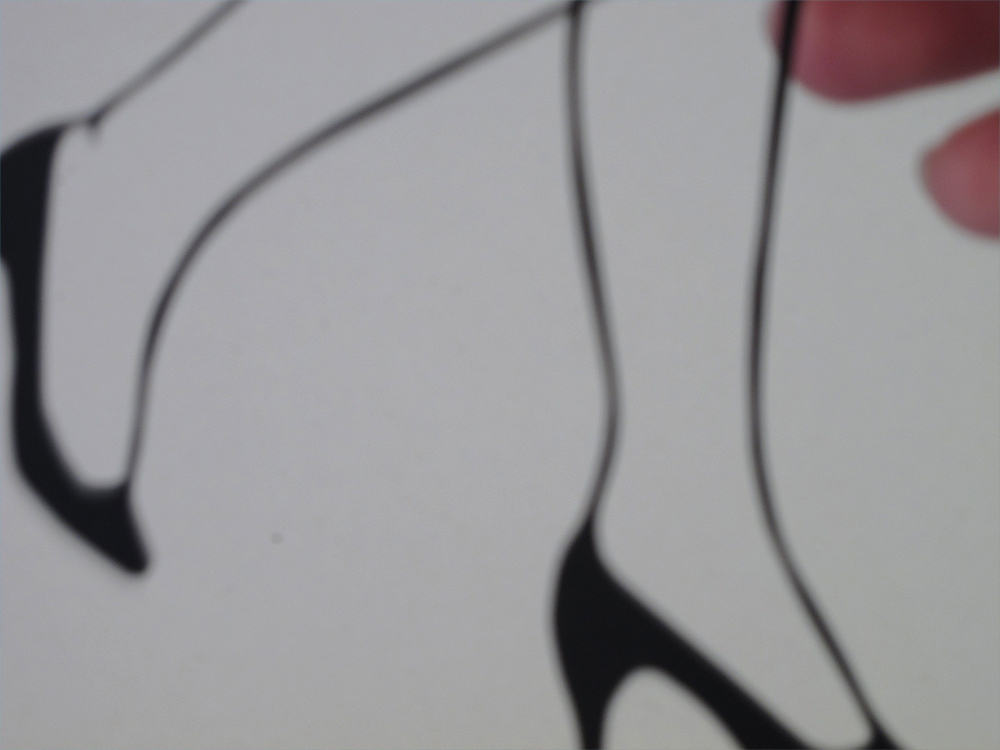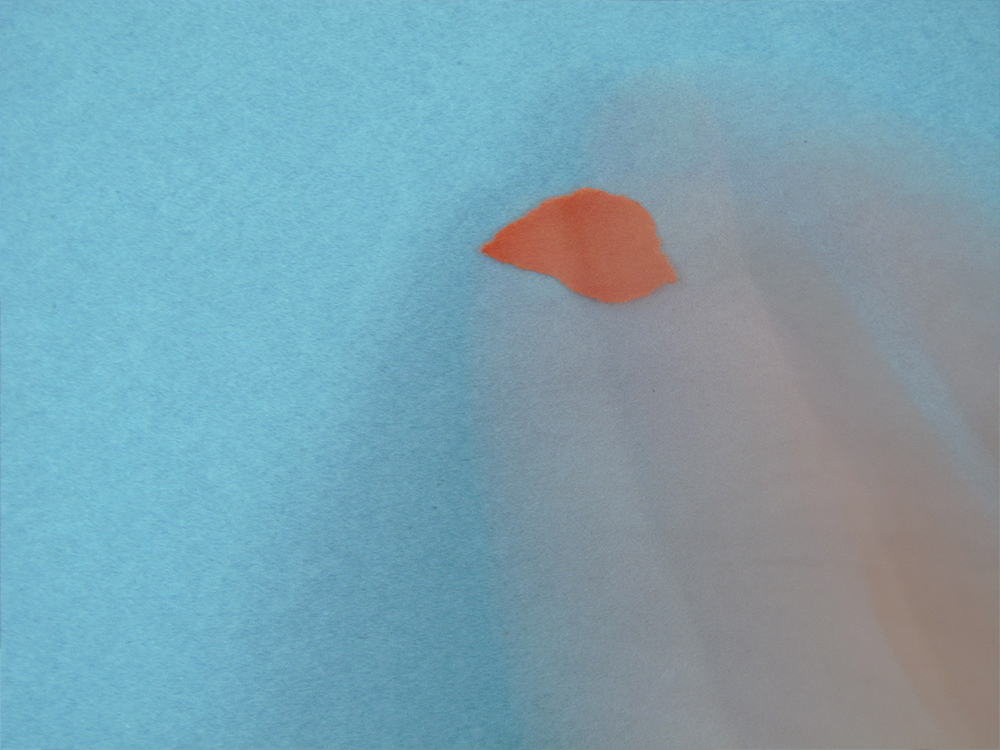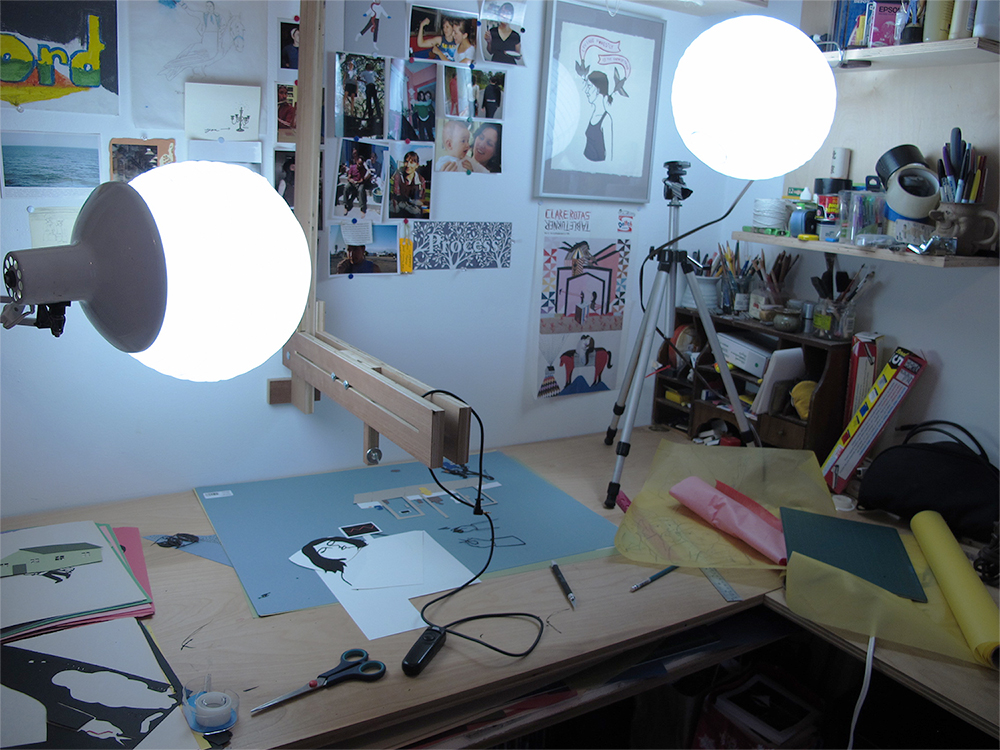
Flowers by Plenty of Posies. Photo by Wonderbliss Wedding Photography.
On the night before our wedding, I woke up when Brian came to bed and thought, “I can’t believe we got married and didn’t go to bed at the same time!” Then I walked to the hotel bathroom with its mysteriously and perpetually wet floor, flipped on the light and realized, no. It didn’t happen yet. That was just the rehearsal dinner.
When I woke up again, in the morning, it was grey and raining a little. “It’s supposed to be good luck if it rains on your wedding day,” I thought, and got dressed for coffee with the wedding team. Some logistics, vegan waffles, gossip in bed and a hot shower later and it was time to get ready.
A lot of the time, I try to want the minimum, take care of my own needs, be the helper. But on your wedding day, people don’t really let you do that. If you say, “Oh do her makeup first,” when it’s 3:00 PM and becoming clear that either you or your sister-in-law, but not both, will be getting her makeup done, nobody’s having it. So you sit down in the chair and someone brings you a bottle of water. Being able to feel fine about that feels freaking awesome.
While we were getting ready, my sister-in-law Wendy, a practical, hilarious class act, as both my sister-in-laws are, called down to order champagne. She possesses that innate understanding that some practical people have of how to celebrate—what to splurge on, where to pin a corsage, when to have another drink and when to call it a night. It’s a skillset that my parents and I lack, but that somehow my brother ended up with. All my in-laws have it, and I find it absolutely thrilling.
The guy on the other end of the phone told her, “I’m sorry, we only have sparkling wine.” (Who knew the Holiday Inn were such sticklers about authentic, Champagne-region Champagne, what with the baby poop in the lobby and all.)
“That’s fine,” Wendy said, in her quick, deadpan voice.
“Well, I don’t have a price list here. My manager will be here in an hour, so I can call you back then.”
“Well, why don’t you just figure out a price, and if it’s not reasonable, just . . . make it reasonable,” she said, before hanging up the phone.
My sister-in-law Karen looked at her approvingly, “That’s my kinda girl.”
My friend Allison’s wide-set baby mammal eyes trained on my face as she applied foundation and blush with little white sponges. I drank bottled water with my mouth in an O shape to try to avoid rubbing off my lipstick.
Around 5 PM, the photographer told us that she’d been down to the wedding site and the clouds had broken and the sun was out.
I hadn’t allowed enough time for getting ready and we had to start over on the hair a few times, so we ended up arriving at the ceremony about 15 minutes late. We pulled into the farmer’s market parking lot just as my cousin Ricky and his girlfriend Amanda arrived with their dog Buddy, a giant “man in a dog suit” kind of dog.
“Is it ok if we bring Buddy?” Amanda called out.
“I think I saw a sign saying no dogs in the pavillion?” I replied.
“Oh we asked someone, she said it’s really up to you.”
“Then sure!”
Who doesn’t want a man in a dog suit at their wedding?
The chaos, cheer, and rule-breaking of my family already in full effect, I felt heartened. We may not know how to class things up, but we know how to make things irreverent, which I think is equally important.
We walked through the gravel towards the market. Wendy and I held hands. When they dropped me off at my waiting area, Karen looked over her shoulder and said, in her 80’s movie star voice, “Don’t worry. You’re just takin’ a little walk.”
I watched them find their respective husbands and start down the aisle to the Peanuts song. The flower girl walked to her “mark” (the day before, at my panicked request, my friend Ted, a film director, had graciously taken over directing the rehearsal) and took the ring bearer’s hand. I started to walk out behind them and Ted stopped me, whispering, “Wait a second, we’re building a dramatic pause for you.”
The music changed to the traditional Here Comes The Bride. It was funny the things I ended up feeling traditional about. We didn’t have a cake or toss flowers or do the garter, but I wanted that song, and I made sure to have something old (my necklace), something new (my dress), something borrowed (thread and time from my friend Kara, who helped me hem my dress by hand, watching Pretty Little Liars on the internet, just like they did in the olden days), and something blue (my eyes.)
I went to my mark, and though my instinct is always to rush, I thought, “Molly, this is the one time it’s ok to make people wait.” Which is probably really for the best, given I rarely wear heels and my dress was nearly floor length.
I walked past the decorations, which I’d helped to coordinate but which were made into reality by friends. These friends who amaze me all the time with their creativity and art had made the space so beautiful, so much better than I’d envisioned it, and I’m pretty sure I started crying right then.
I made it (slowly) down the few steps to the area where everyone was sitting, and the first things I saw were a little kid and Buddy the dog sticking their heads into the aisle and I thought, “Yup. This is my wedding.”
Brian was standing all the way at the end of the dock, so he walked up as I walked down, and we met where the water meets the land. My friend Andrea was our officiant, and looked so beautiful that I got choked up like it was her wedding day.
I had to laugh at myself a little as she read the ceremony, which I had written, clearly in a time of great trepidation, for the whole thing is kind of a pep talk saying, “don’t be scared! You can do this!” But it turned out that once it was happening I wasn’t scared.
My friend Kallista read a poem about an old man saving toads in the road, because “they have places to go, too,” which Brian referenced a few days later as he carefully saved a large slug from getting stepped on. My friend Q read a passage by Pema Chodron and Brian’s brother Mike finished it up.
I’d partly picked that Pema Chodron piece because it talks about a pilot saving his passengers, and Brian’s father, who worked for a manufacturer that made airplane engine parts, starting in the foundry and ending up head of sales, loves pilots. But when I looked to see if he was enjoying it, I saw his eyes were closed and his mouth drawn in a frown, holding back tears, a pose he maintained the whole ceremony. I recognize that sensitivity because he passed it on to Brian, and it regularly breaks and melts my heart during funerals, weddings, and tv commercials alike.
I cried all during my vows, which I hadn’t thought I would. But with all those people there, showing up and making this day, how could I not be cracked open?
By midway through the reception, I became the “I love you, man!” guy from Wayne’s World.
I told family members I’ve never said it to before that I love them. My mom’s cousin Tamison, whose house we’ve stayed at about half the Thanksgivings of my life, whose house we’d stayed at, in fact, two nights before and who, incidentally, gave my friends and I her bed to sleep in, who spent the following day making 30 pies with us and then took us swimming, replied, with her signature wild grin and Mary Louise Parker-esque lack of jaw movement, “WHY?”
And I said easily, because for that one night everything felt easy, “I can’t help it, I just do.”
She seemed satisfied with that and replied, “Well, I happen to be very fond of all my family members, even the ones no one else likes!”
Which satisfied me.
When the reception was starting to wind down, a group of us went swimming, stripped down to underwear or nothing. The moon was almost full. I went in first (unlike me, but this night I was brave) and looked back at the glowing bodies wading through the water, like bathers in an old painting, or people performing a baptism ritual, or sirens.
When I was still in the midst of wedding planning minutia, my sister-in-law referred to the impending wedding as “the happiest day of Molly’s life.” I thought that was a ridiculously romantic thing to say. Why would a day that’s just about me and Brian be the happiest of my life? I love lots of people in lots of ways, not just him. But that, it turns out, is the point.





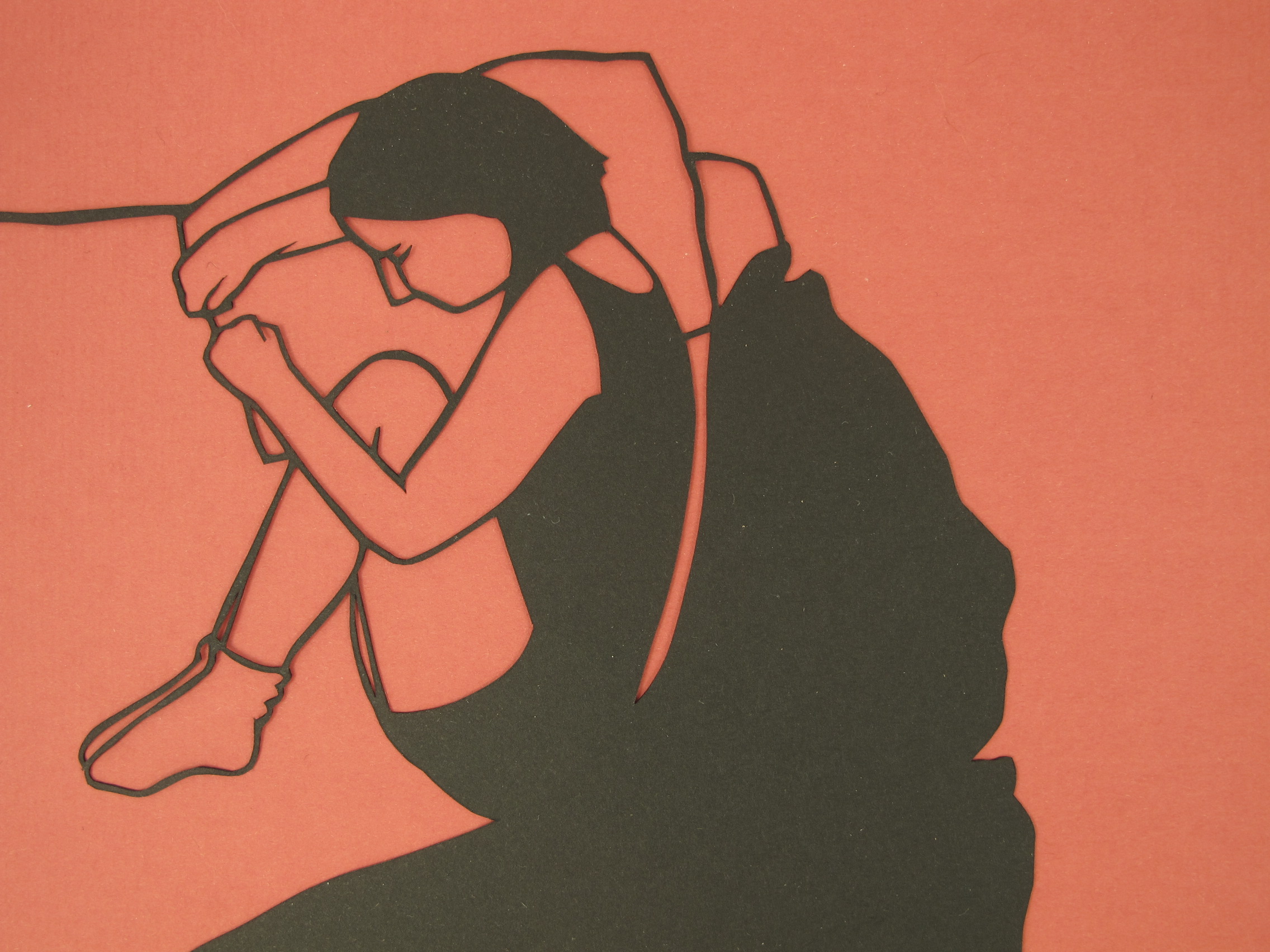
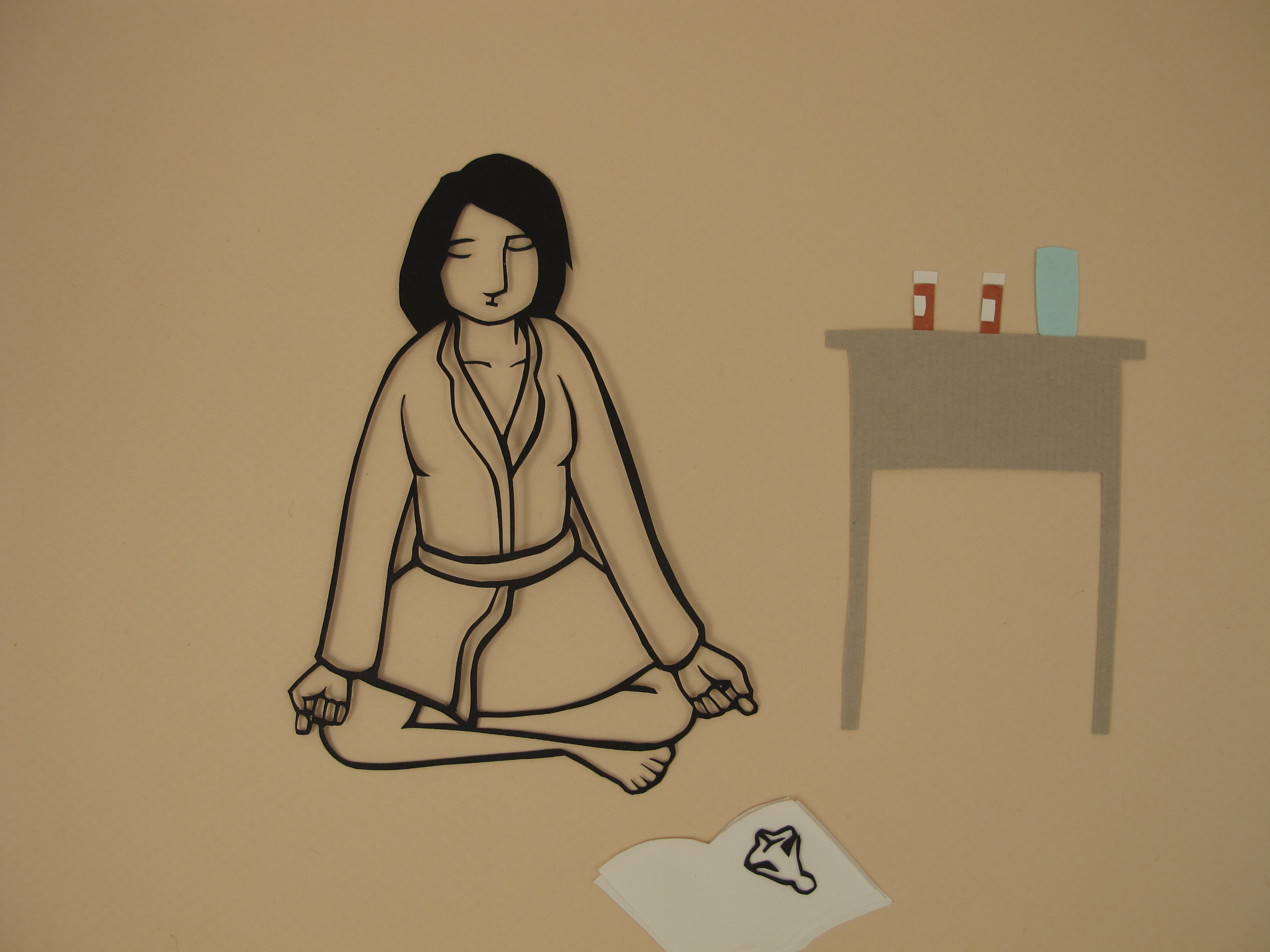
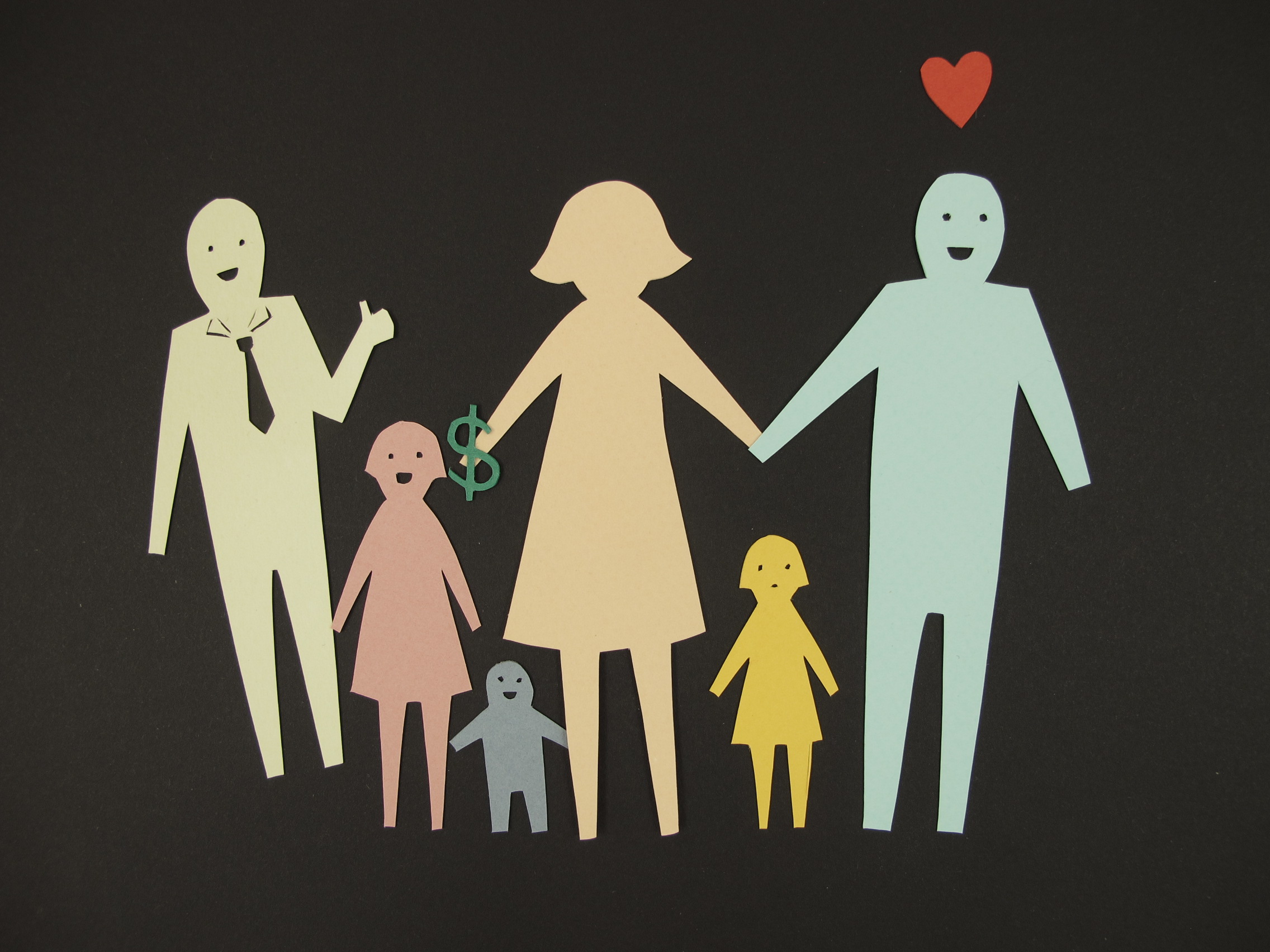

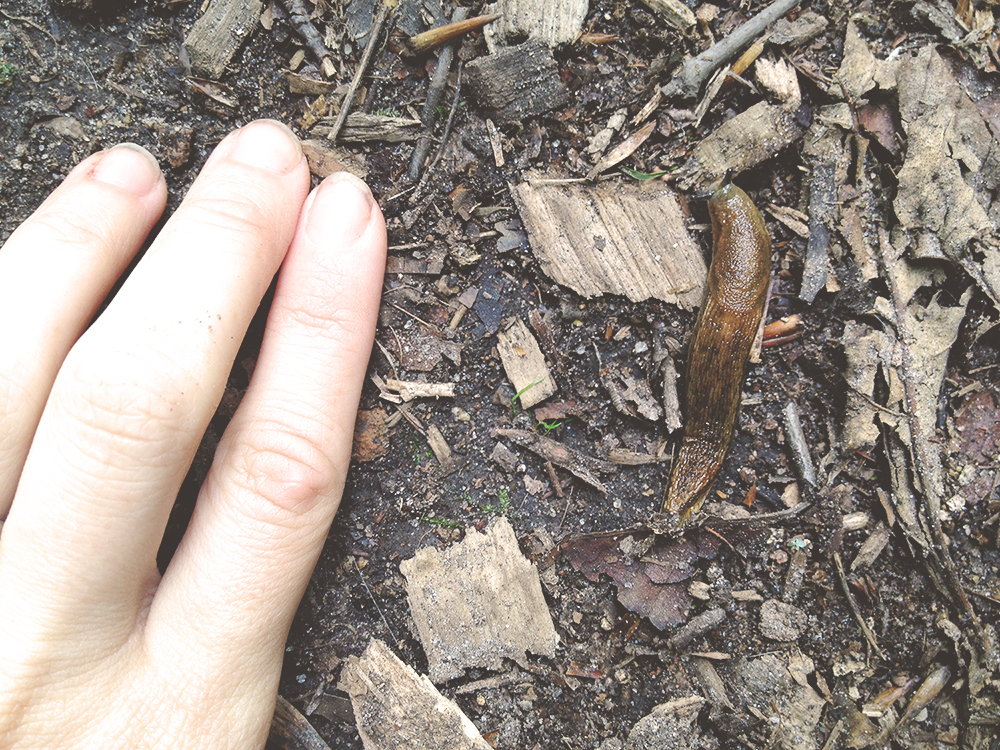
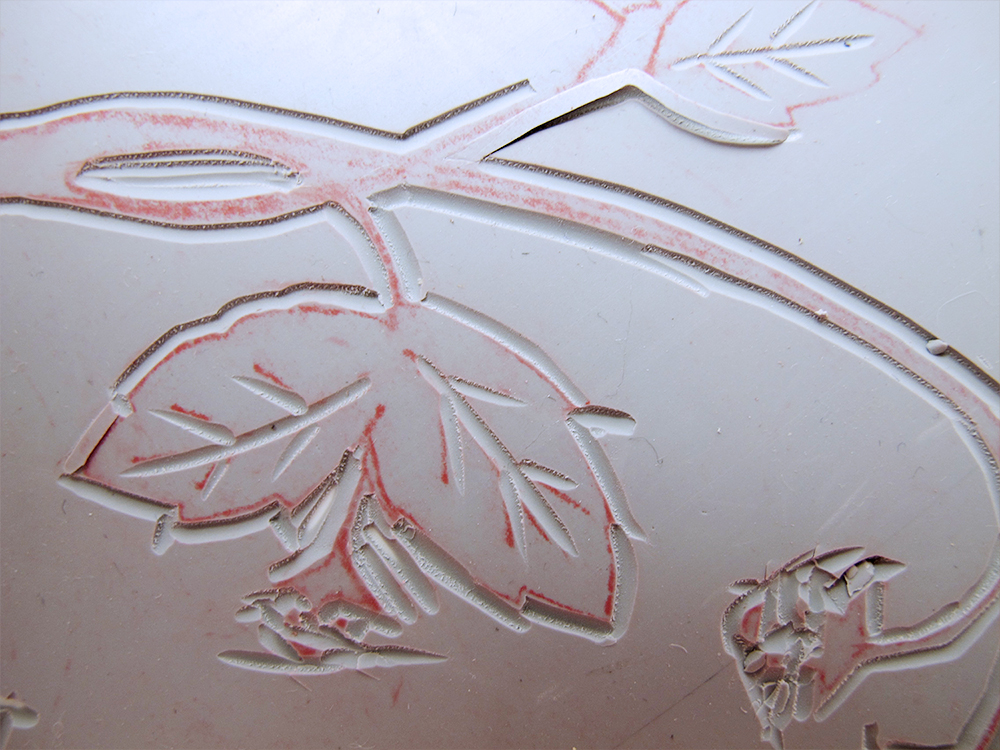

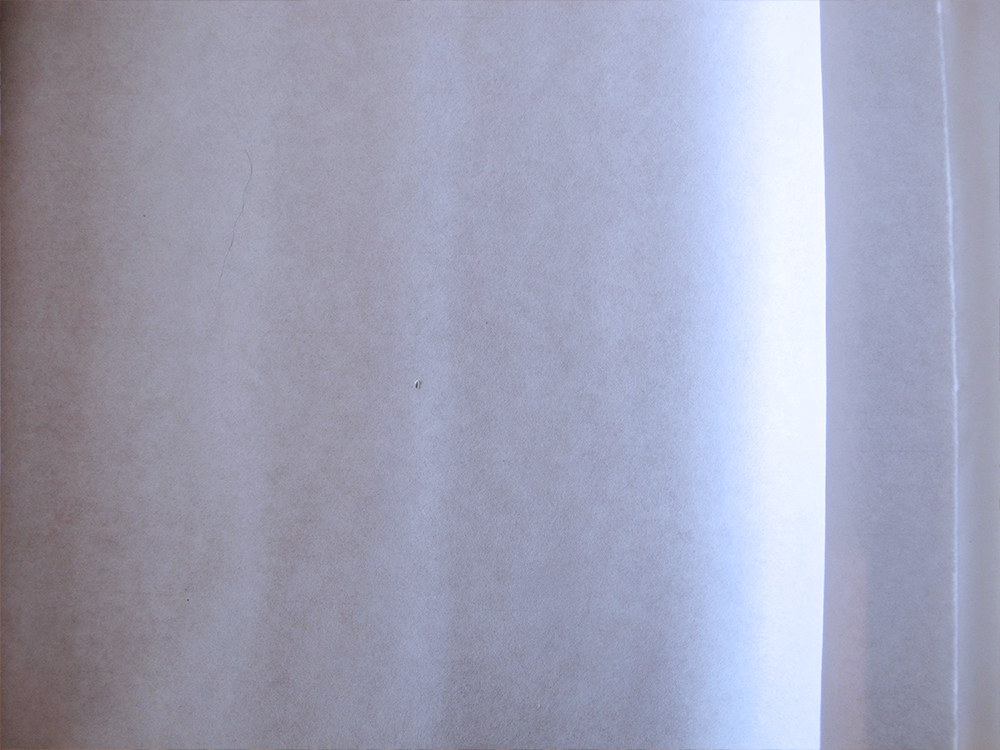
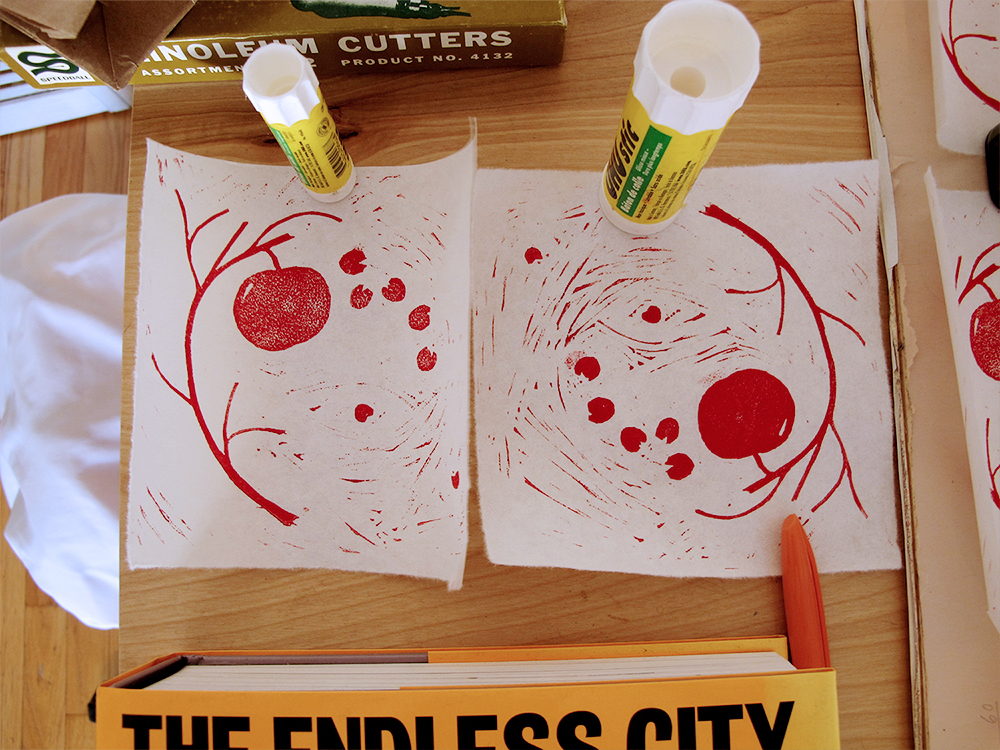
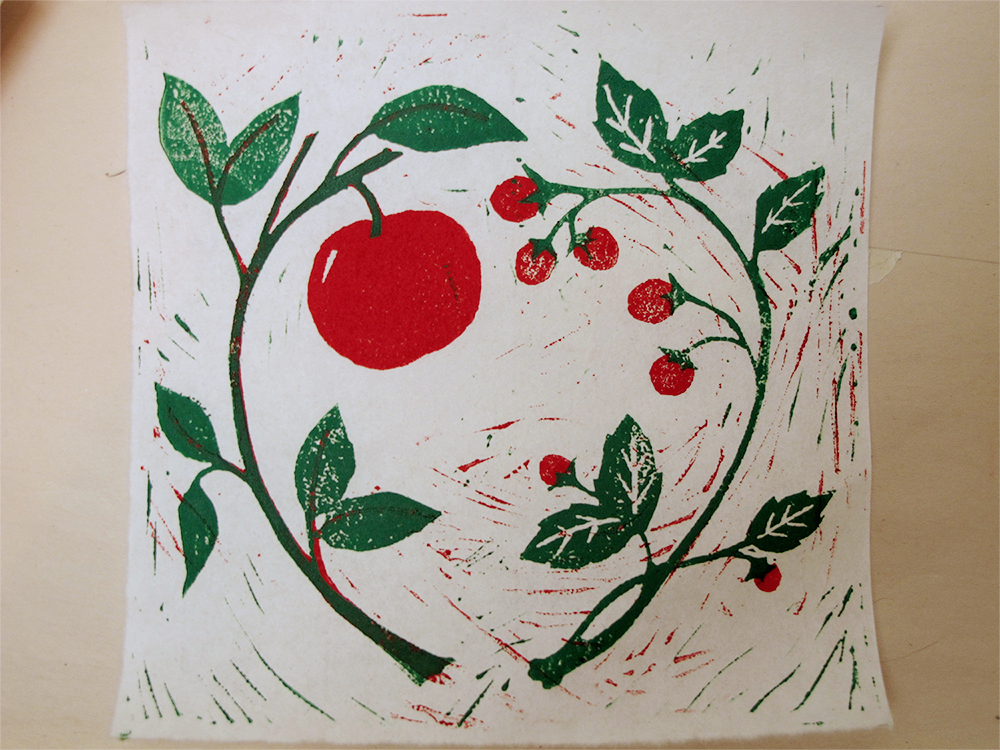
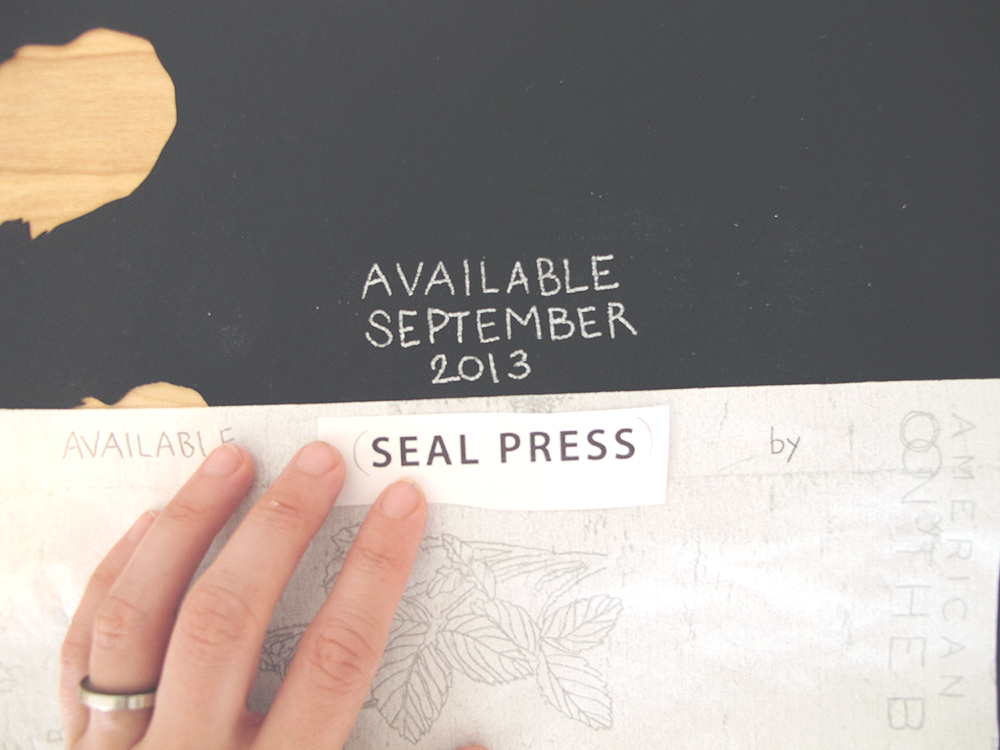


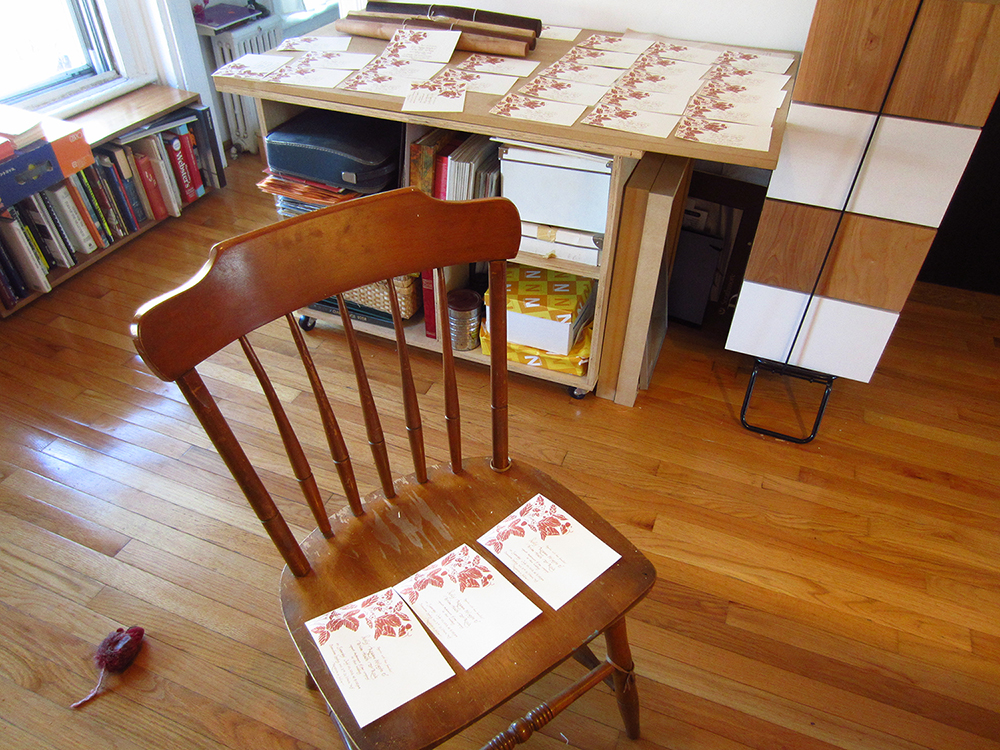
 I didn’t like the way that the black ink looked because the contrast between its light and dark parts seemed too harsh. I got some grey ink and also a new brush at the art supply store. Funny visit to the art supply store. Everyone in the paper department was really grumpy, and downstairs, the woman checking me out told me how moths ate her paintbrushes so she has to keep them in the fridge (she was really sweet and sassy and seemed so old school NYC like an Annie Potts character in an 80s movie) and then I am pretty sure one of the employees pooped on the floor. Pretty sure.
I didn’t like the way that the black ink looked because the contrast between its light and dark parts seemed too harsh. I got some grey ink and also a new brush at the art supply store. Funny visit to the art supply store. Everyone in the paper department was really grumpy, and downstairs, the woman checking me out told me how moths ate her paintbrushes so she has to keep them in the fridge (she was really sweet and sassy and seemed so old school NYC like an Annie Potts character in an 80s movie) and then I am pretty sure one of the employees pooped on the floor. Pretty sure. Clean desk and new art supplies! The brush is wrapped in brown paper. She was so careful with it.
Clean desk and new art supplies! The brush is wrapped in brown paper. She was so careful with it. Also got some new paper for an animation I am going to make, a video for a friend’s band. I never let myself buy fancy paper because it feels like cheating but I decided this time it’s ok, this video can have a little more of a collage feel to it. The two white papers are going to be snow.
Also got some new paper for an animation I am going to make, a video for a friend’s band. I never let myself buy fancy paper because it feels like cheating but I decided this time it’s ok, this video can have a little more of a collage feel to it. The two white papers are going to be snow.
 The writing isn’t perfect but I think it will work, and I like the grey ink. When I showed Brian this and said, “What do you think?” he said, “It looks like Apu from the Simpsons.”
The writing isn’t perfect but I think it will work, and I like the grey ink. When I showed Brian this and said, “What do you think?” he said, “It looks like Apu from the Simpsons.” Tracing eggs.
Tracing eggs. Egg outline. (I don’t know where that weird owl came from.)
Egg outline. (I don’t know where that weird owl came from.) Eggs in progress.
Eggs in progress. A pretty nice egg.
A pretty nice egg. I really like this egg.
I really like this egg. The first egg I made. I rejected it for being insufficiently egg-like.
The first egg I made. I rejected it for being insufficiently egg-like. I tried to make a replacement but I didn’t like that one either.
I tried to make a replacement but I didn’t like that one either. So I decided the original egg would do. (Practicing egg-ceptance.)
So I decided the original egg would do. (Practicing egg-ceptance.) I’ve been thinking about this Joseph Campbell quote: “If the path before you is clear, you're probably on someone else's.” As artists, we really don’t know what effect our work will have once we put it into the world. Whether working for a client, collaborating, or preparing for a solo show, that uncertainty is always there.
As artists, we have to be confident enough to make work that is honest about who we are and the world we inhabit. We never know if we are good enough; there is not a set path for how to succeed or even a clear definition of what success means. Embracing that uncertainty and going forth honestly anyway is our job, the same way that when I waitress my job is to set aside my ego and serve the customer as well as I can, even when they are annoying and the kitchen is slow and I am so tired and I have my period and I just want to go home.
I’ve been thinking about this Joseph Campbell quote: “If the path before you is clear, you're probably on someone else's.” As artists, we really don’t know what effect our work will have once we put it into the world. Whether working for a client, collaborating, or preparing for a solo show, that uncertainty is always there.
As artists, we have to be confident enough to make work that is honest about who we are and the world we inhabit. We never know if we are good enough; there is not a set path for how to succeed or even a clear definition of what success means. Embracing that uncertainty and going forth honestly anyway is our job, the same way that when I waitress my job is to set aside my ego and serve the customer as well as I can, even when they are annoying and the kitchen is slow and I am so tired and I have my period and I just want to go home.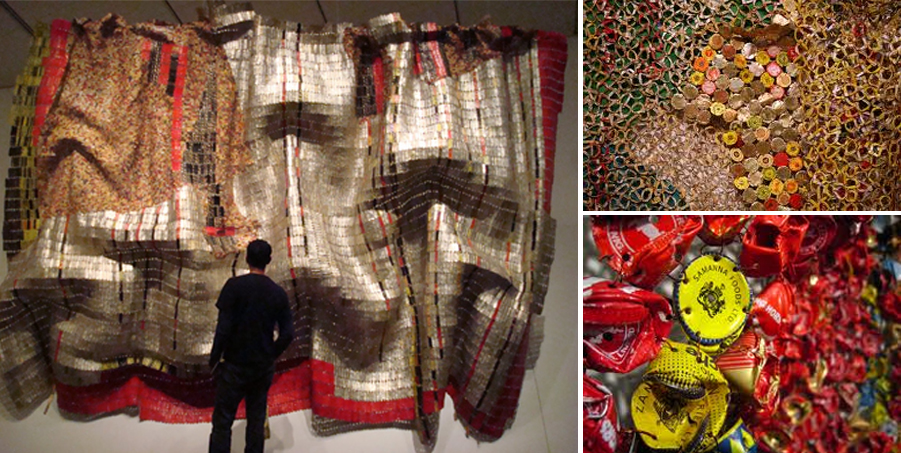 Artists like El Anatsui (go see his awe-inspiring show at the Brooklyn Art Museum!) and Chakaia Booker (read more about her
Artists like El Anatsui (go see his awe-inspiring show at the Brooklyn Art Museum!) and Chakaia Booker (read more about her 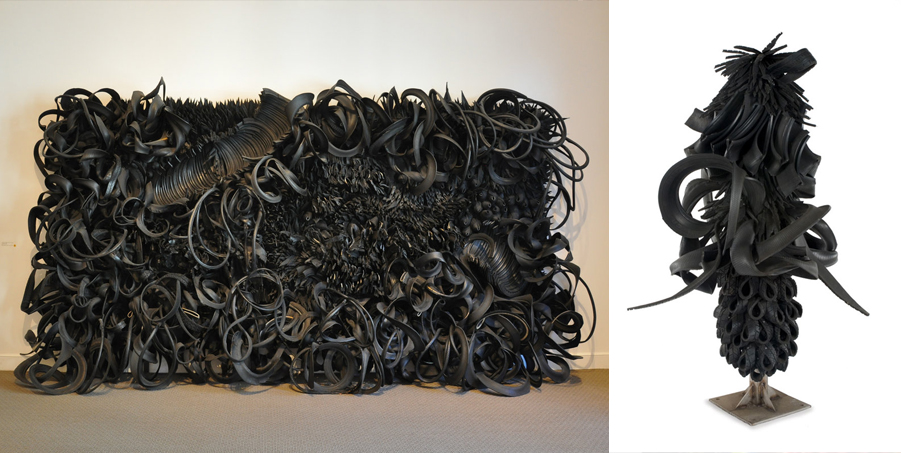 That’s what art does. It takes the parts of ourselves, our worlds, our perceptions that we thought were the most unlovable, the most obscure, or just too obvious to bother with, and transforms them into something to share with pride.
That’s what art does. It takes the parts of ourselves, our worlds, our perceptions that we thought were the most unlovable, the most obscure, or just too obvious to bother with, and transforms them into something to share with pride.